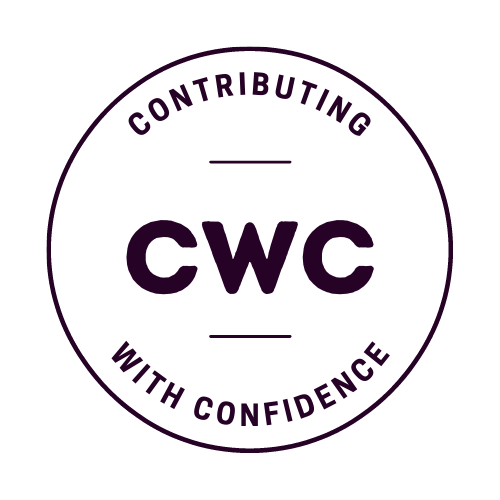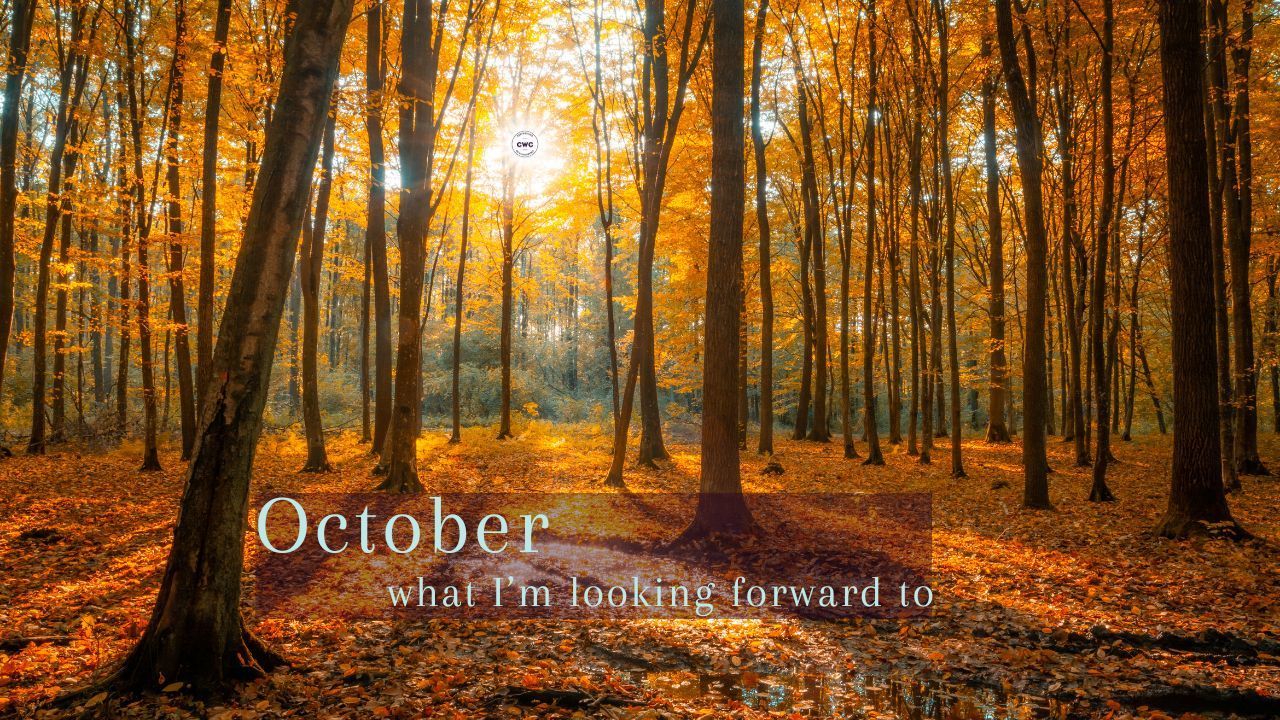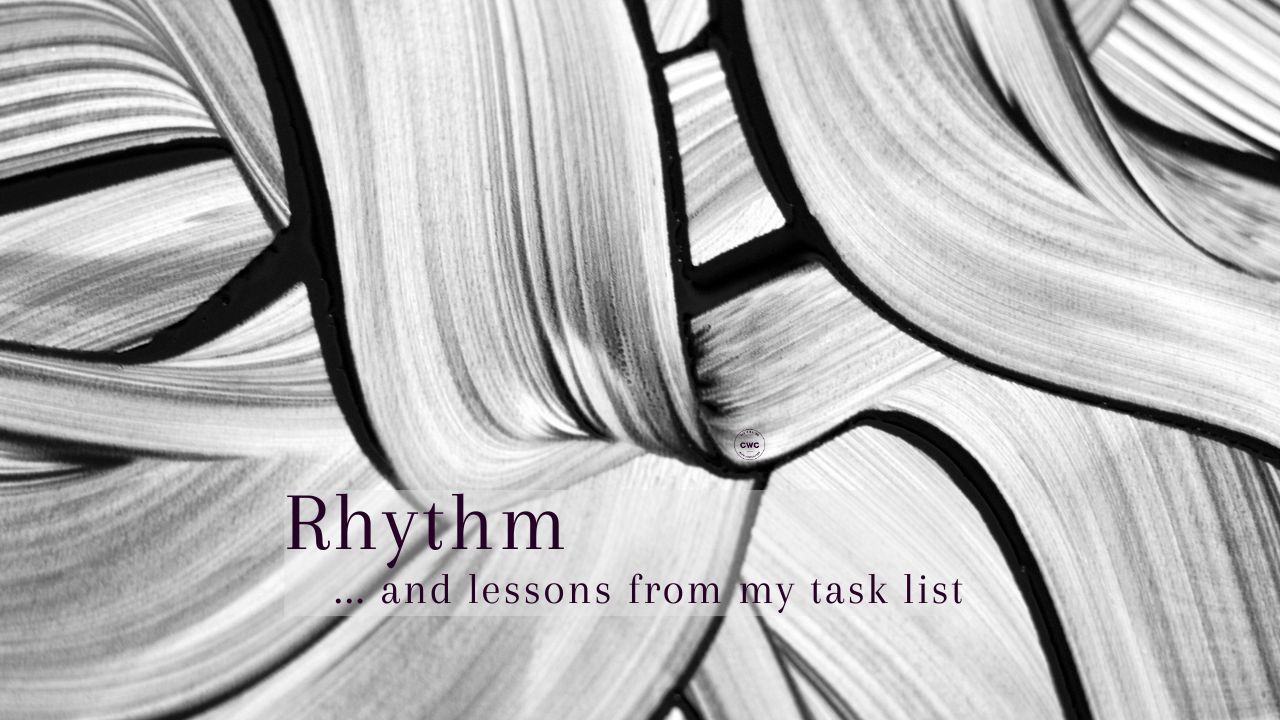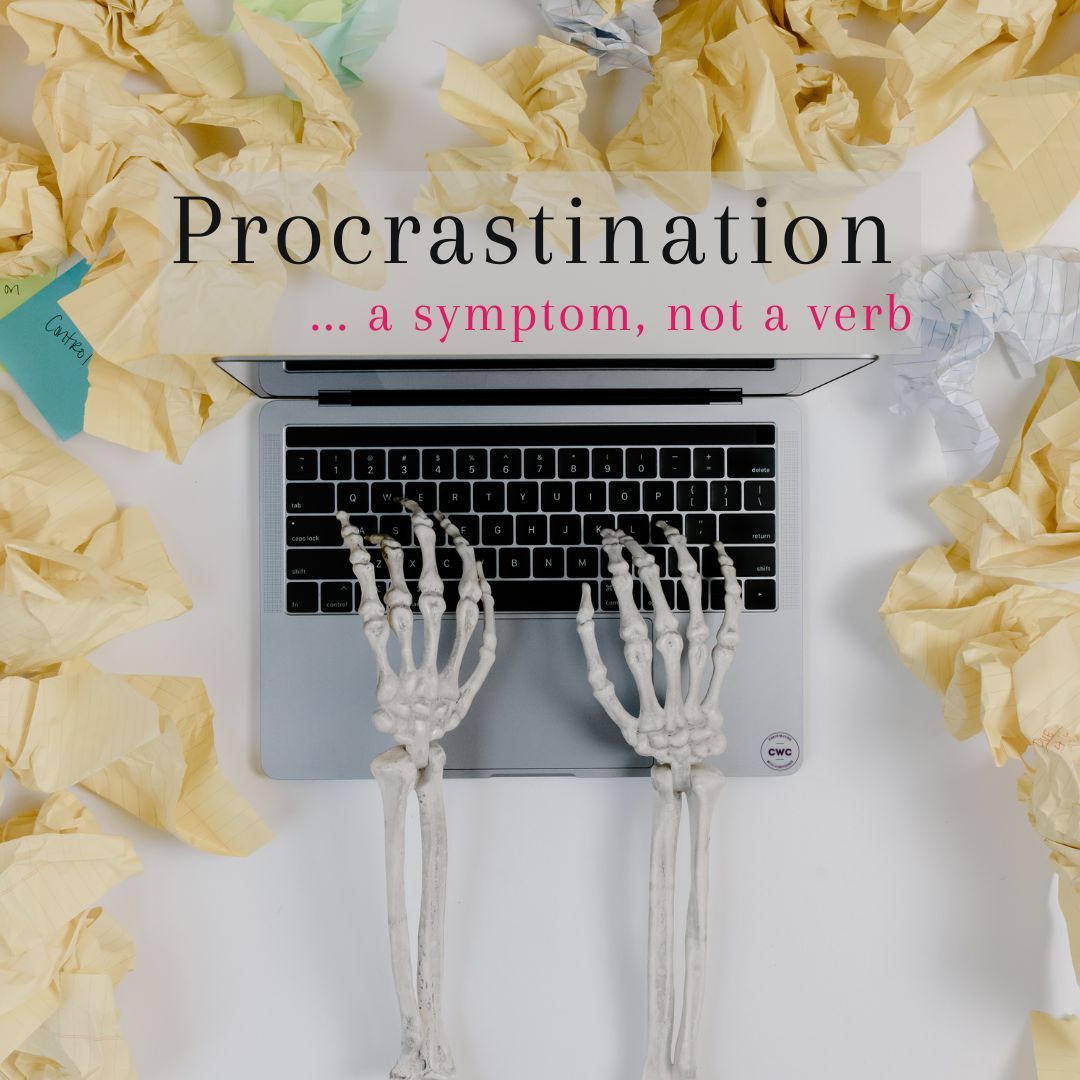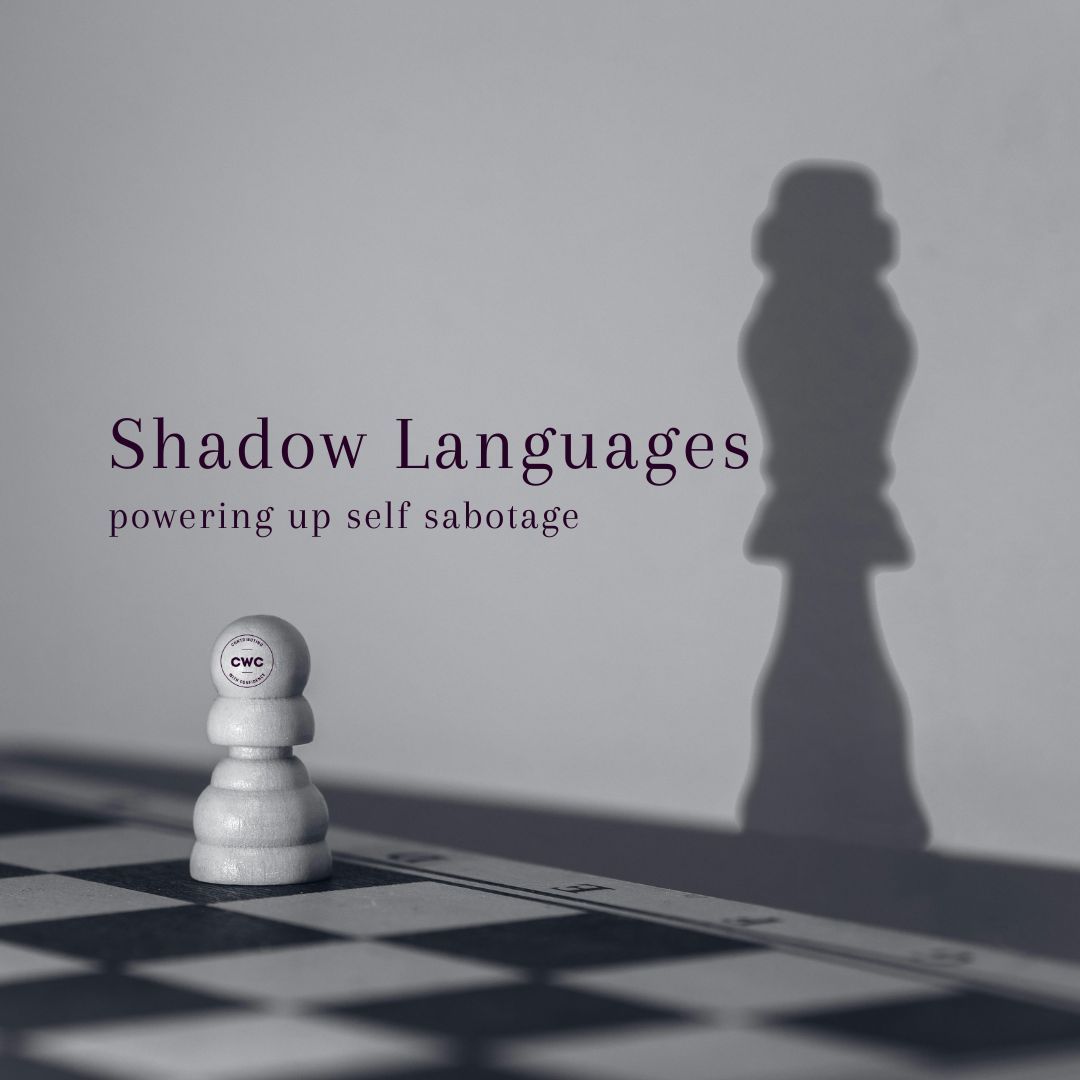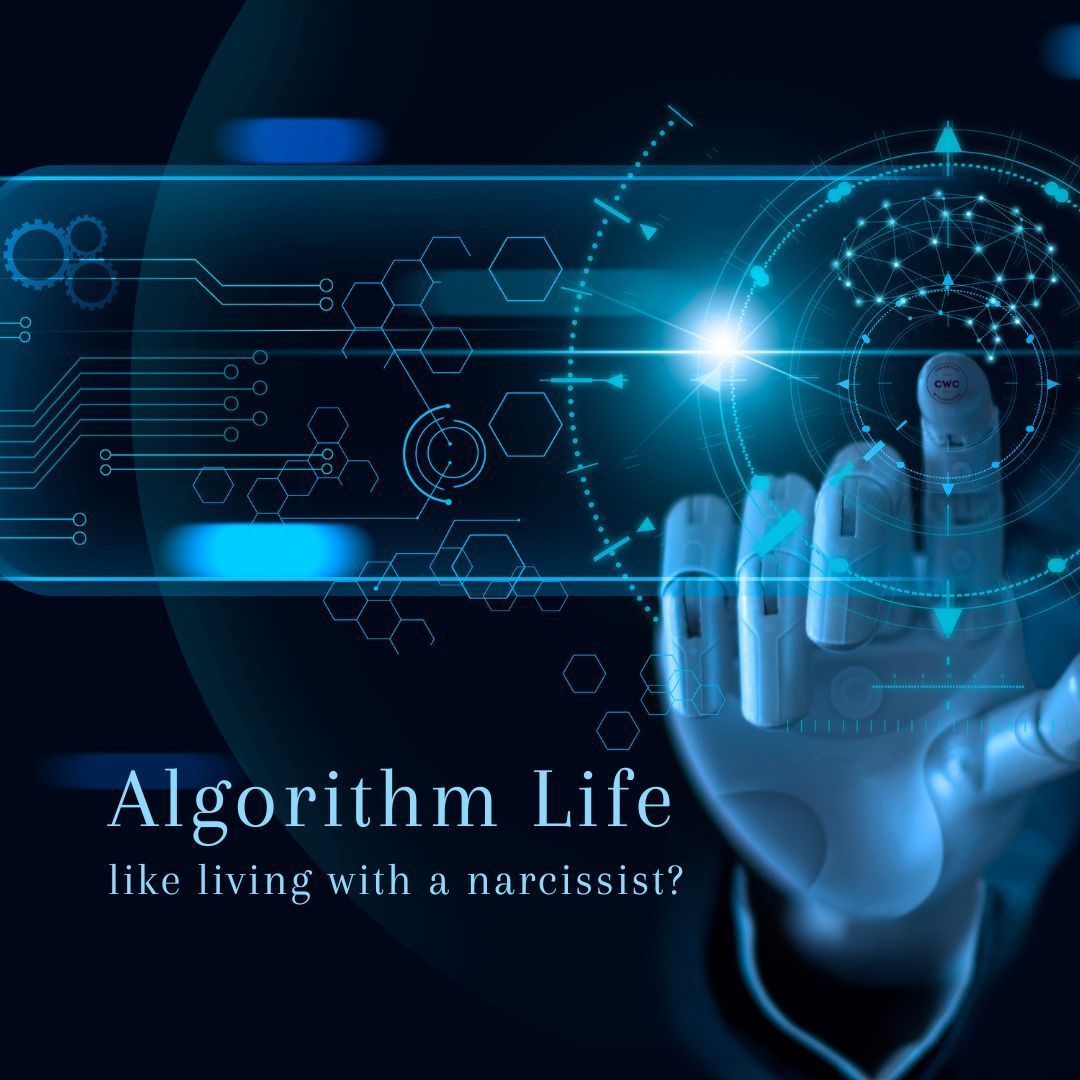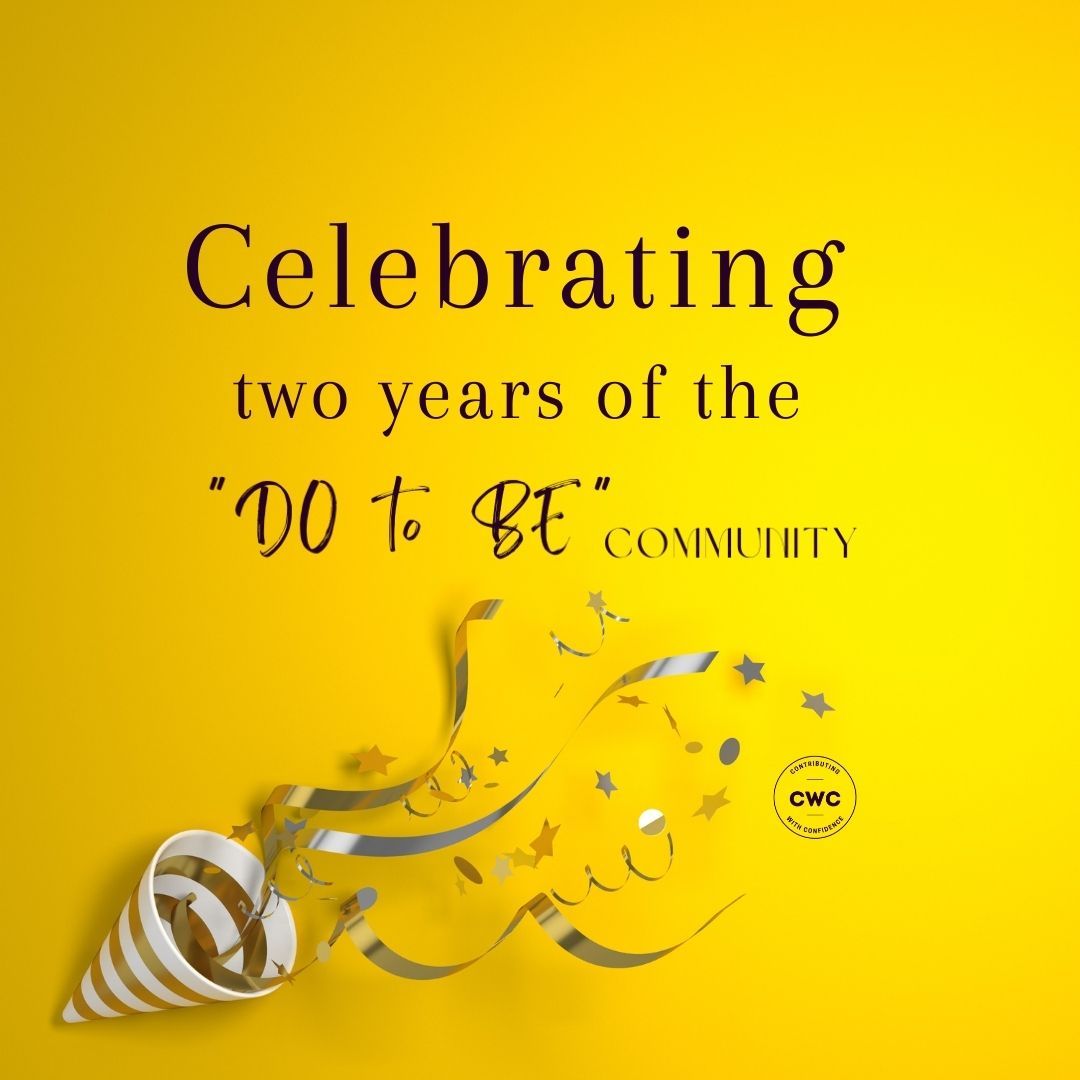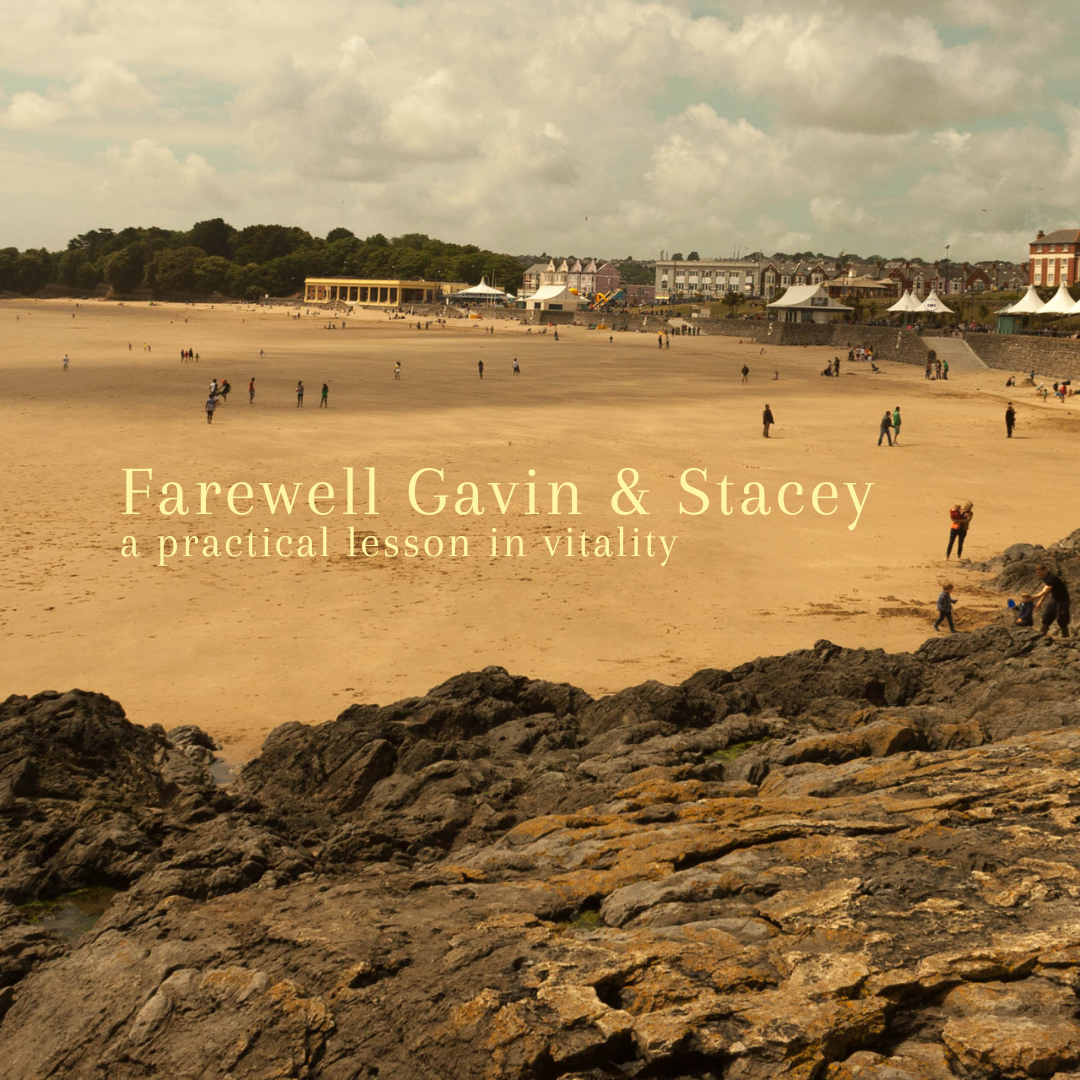Environment Matters
Well obviously, but more specifically, YOUR environment matters
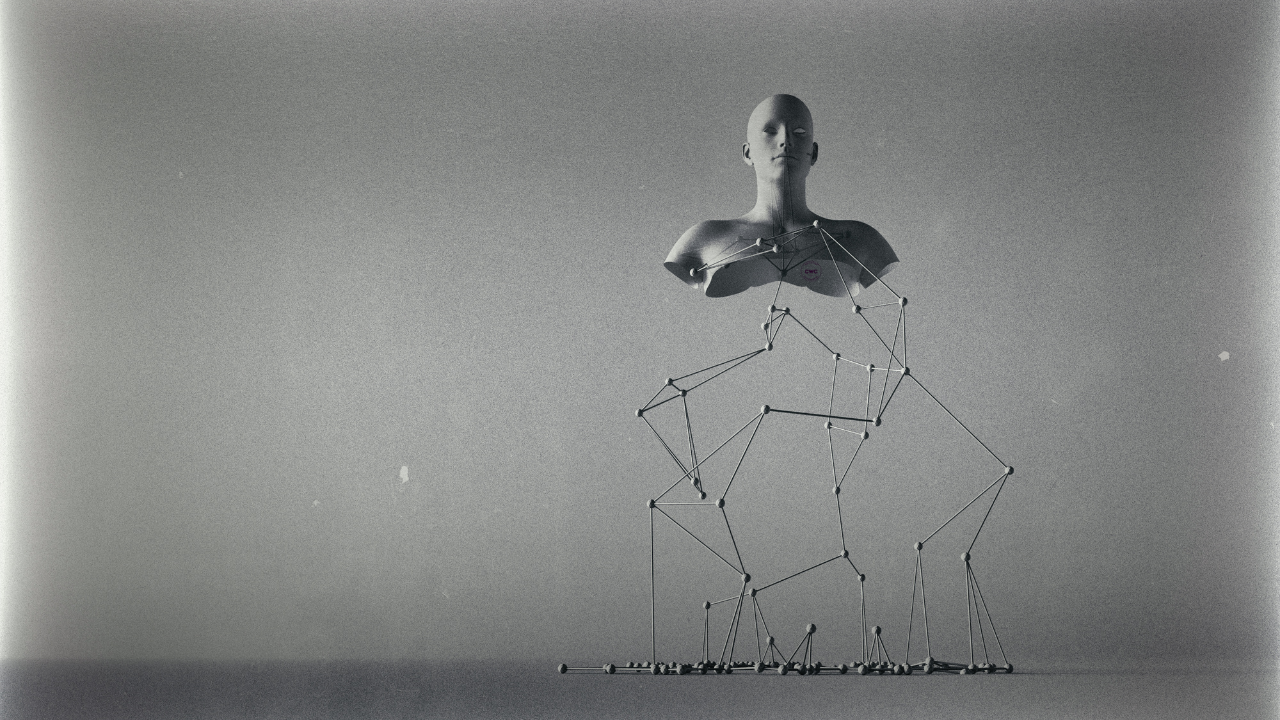
I’m a noticer. I notice all sorts of oddities and patterns. The information gathered isn’t always useful, but sometimes it is.
Recently I have been noticing the apparent spike in ADHD diagnoses in women.
Sometimes I am totally scathing about new patterns, especially if there is a whiff of bandwagon or media hysteria. So that’s what I was doing with this ADHD ‘guff’ – it felt like yet another way of labelling older women with something now that it’s less easy to just say ‘menopause’ without taking any helpful action. (And yes, as with many things that I am initially resistant to, because resistance is where the gold is, I am now in the process of obtaining an assessment) … anyway…
I was talking to my daughter about it. Many of the 'quirks' of an ADHD person are highly valuable. It’s not about it being a problem, it’s about how exhausting it is squashing into all the categorised and ordered boxes, the emails, the communications systems etc. The expected ways of behaving and communicating…
the environment is wrong
ADHD – the power of noticing things, and understanding patterns of systems (e.g. weather, early signs of disease) would have been extremely helpful in ensuring the crops and animals thrived when humans converted to farming, for instance. Ditto – hunting and gathering. Also scientific research.
And then I began noticing other things, in conversations with clients about their work. One in particular, had been having a nightmare with a new work situation. There were the classic early signs of dis-ease, and it was clear that they would ‘fail to thrive’ in such an environment. No amount of embodiment work was going to polish that one out! Remaining would have been harmful and was likely to result in a significant mental health injury.
Noticing is what helped me to distil The Vitality Triangle (TVT) as the key to sustainability at individual, project and organisation level. To be truly sustainable, a sparkle of vitality is required. TVT is a triangle finely balanced on the point of purpose, with the top two corners being capacity and connection. If we want to enjoy living and working well, we need to have three strong corners on our TVTs.
I was gently pondering these converging conversations, whispers and evidence when suddenly it hit me. There’s a fundamental missing element in my TVT – the environment.
That was quite the face palm moment! As someone who has formally studied systems thinking, how could I have overlooked it?! Doh. When pondering a system, to begin to make sense of it, usually because it is multilayered, messy and complex, the first step is to draw a line or boundary around the situation of interest. We can get different information and perspectives by drawing lines around different layers. I’ll show you what I mean. Grab a pen & paper (or a spare finger) and draw a circle.
Where does your attention go? (This exercise will work better if you say ‘inside’…).
But in drawing that circle you have also defined the area outside the circle – the environment that the circle sits within.
As adult humans, we often mentally use our skin to define where we stop and the rest of the world begins. But we can draw the line around different layers; the mind in our head, for instance (although is that too small if we don’t include our gut?). Or we can draw bigger lines (boundaries) to include us within our family, or home, or country. Each gives us a different situation of interest and perspective on how we act and interact. And outside each line is the environment that the situation of interest sits in.
We must pay attention to our environment
There are few aspects of formal project management that I still use, but I do find a SWOT analysis helpful. Or more accurately, the SWOT/C analysis. It’s a quick way to assess the lie of the land. Strengths & weaknesses are about you, the project or organisation, whereas opportunities & threats are about the environment. Constraints are the things that are just a fact of life that we need to work with. Usually they are about access to resources. Sometimes a constraint will shift to an opportunity or threat, but usually, constraints are in ‘The Art of The Possible’ territory, a condition to work with, or despite.
When it comes to our environment, we can engineer situations to improve, or work differently. We can get better at tending to our personal environment by understanding what our felt senses of ‘Yes’ and ‘No’ are. Sometimes we simply need to remove ourselves – without apology or explanation. By paying attention to our environment, we can build our awareness to help us make higher quality decisions, and to better understand our boundaries.
Environment matters
